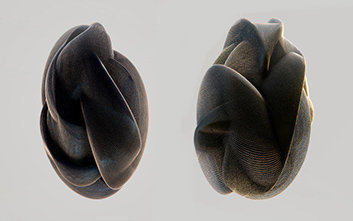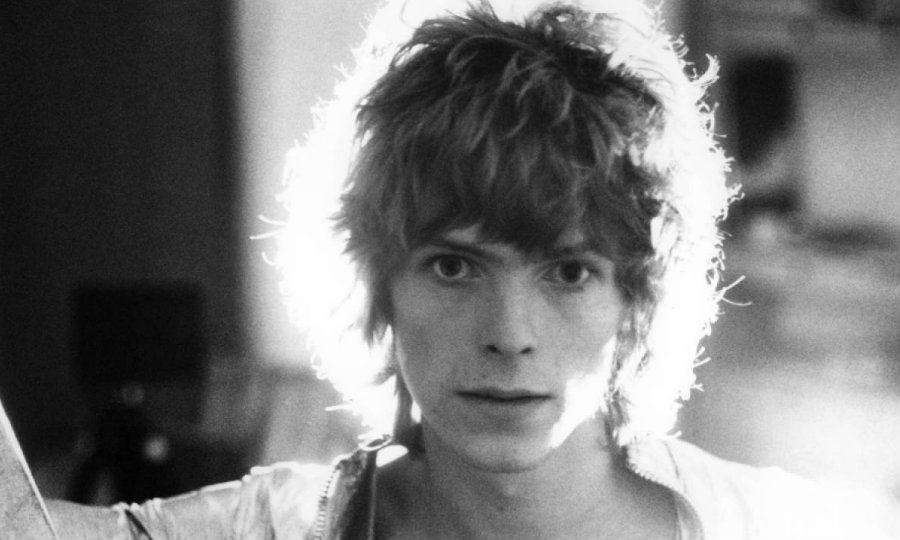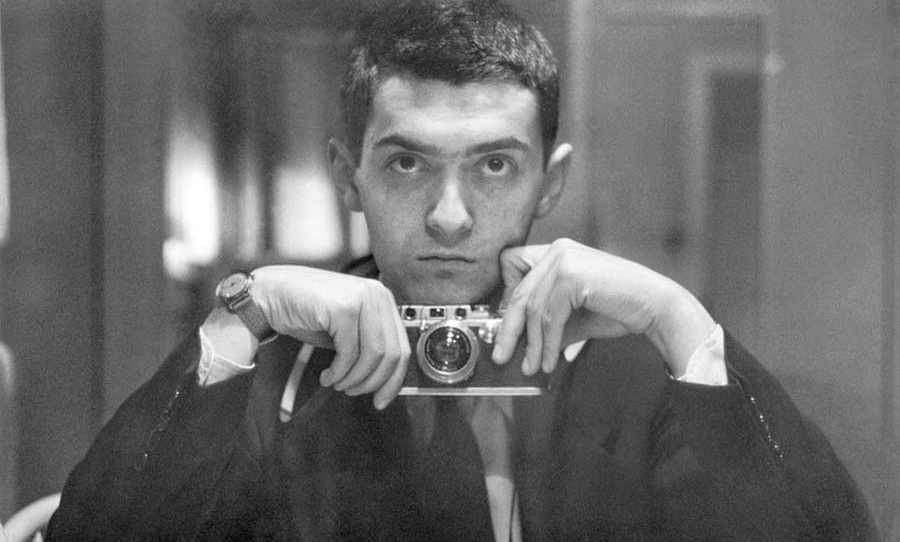The greatest and perhaps only constant in relation to art, are the differences in perception and perspective. It’s quite awe-inspiring that no two individuals will perceive a singular image or creative construction the same way however our appreciation for art never wavers.
How we view the world is not just about who we are as individuals, but who we represent as a collective and artists are constantly striving to create work that will actively capture and expand the mind. Kenneth Craig Lambert is one such artist, and in the wake of his Primitive Shadows exhibition at Stacks Projects, we caught up with him for a chat.
Driven by curiosity and the pursuit of a deeper understanding, Kenneth Craig Lambert explores the collective unconscious and the many subsections of our creative personalities.
HAPPY: You were born in South Africa, when did you make the move to Australia?
KENNETH: I was 10, so 1982.
HAPPY: Is there a specific time period in your life when you realised you wanted to pursue a creative career?
KENNETH: I was always on track to become an artist from even my earliest memory. It was always, “Ken’s going to be an artist” and every birthday I was given art materials rather than toys. One year, I complained and my mum gave me some money and basically said you decide. After two hours in the store, of course I came out with art materials. With the art supplies there was really no limit as to what I could explore.
Coming through school I was always seen as ‘the artist’. I was destined for art school but when I got there, I realised, I had nothing to say. I sidestepped into museum design, then film and motion. I’ve done well in that arena but I wasn’t done with art, or more to the point, it wasn’t done with me. After 20 years of investigation I finally feel ready to express something, I finally found a subject matter that I’m inspired by.
Primitive Shadow 2016 Exhibit Film_ Edit 01 from Kenneth Craig Lambert on Vimeo.
HAPPY: How would you describe your work to someone who has never seen an exhibition of yours before?
KENNETH: I create immersive experiences that explore broader concepts of metaphysics and psychology. I use procedural geometry to evoke a sense of painting and form. The result, although abstract, evokes the natural world and entices the viewer to explore what lies within.
I am interested in creating public works, installations, festivals and events. I would love to collaborate with a symphony or performance group and find a way to extend the sensory experience. Now that I’m launched, I will be pursuing ways to scale the work, which can be achieved with projection.
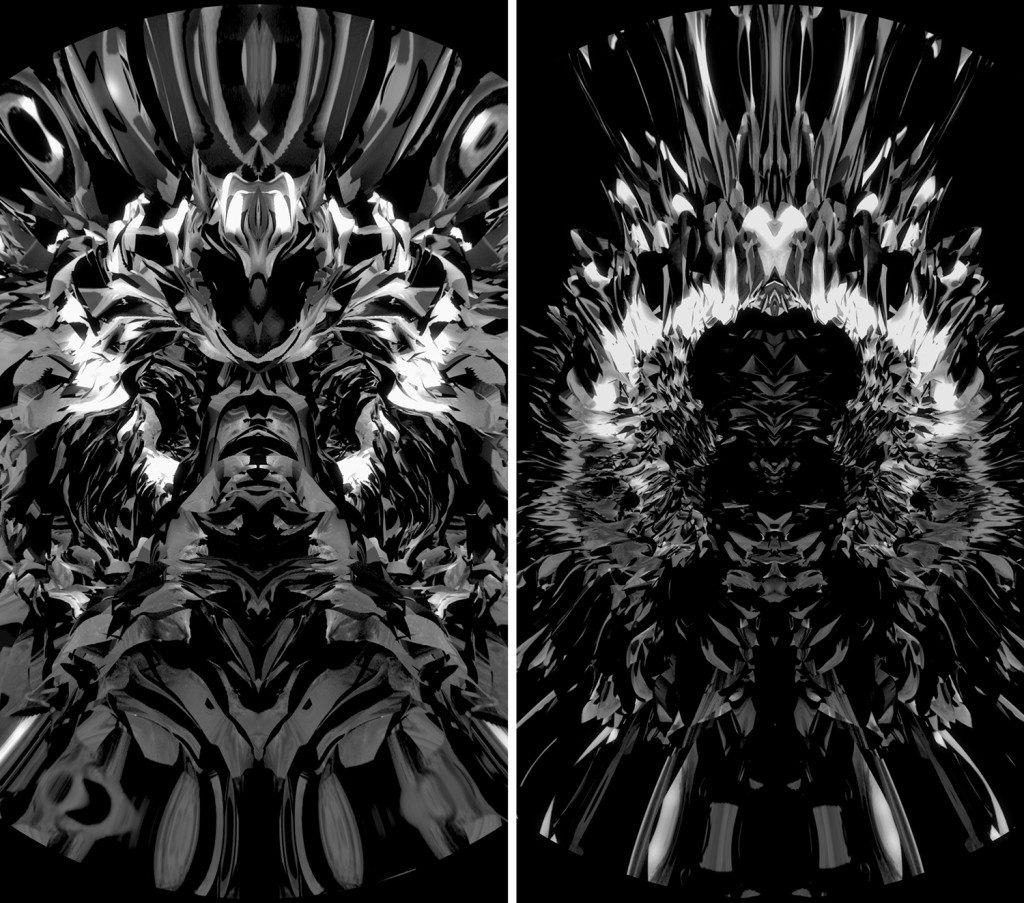
HAPPY: Can you tell me more about the title of the exhibition, Primitive Shadows?
KENNETH: Primitive is the collective unconscious. Across cultures, we have responded to the world around us in similar ways and creation unearths ways of figuring out the way the world works. We have found ways to make our mark, and proof of our existence in various ways. My work is an extension of that tradition.
Shadows come form Jung’s archetype. This is your creative side but it’s also your destructive side. In all the work, there is a feeling of constant mutation and re-invention within a theme. The pieces Succumb and Crucible are personal reflections on addition and the trail of becoming an artist.
HAPPY: Collective is my favourite piece from the Exhibition; can you tell me more about that particular piece?
KENNETH: Coming from a museum background, I’ve always been fascinated with the way science measures and categorises specimens in order to observe and understand. The forms are derived from the sequential imagery Genesis, which uses procedural geometry and continually evolves much like an organism. On one level, it’s echoing the evolutionary sequencing of nature, including variations and mutations, and on the other, it suggests commonality.

HAPPY: What does it mean to be a trans-media artist?
KENNETH: Basically, it means that I’m not locked into any traditional modality. I am a traditional artist, but not a painter or sculpture and I use modalities, in this case mathematics, to create immersive experiences. The sequences vary from one to four hours but I’m currently working on a 24 hour sequence at the moment. I‘ve taken on the challenge to elevate ‘digital and video’ into a refined art format.
HAPPY: You have quite a few projects outside of exhibiting your artworks, can you tell me more about those?
KENNETH: I describe myself as a creative entrepreneur, I’m interested in creativity and what it can do. These are commercial practices where the client creates a need and in return, the company services that need. I have been fortunate enough to grow these into international businesses that operate across 12 countries and four continents. I am capitalising on the experience these companies have provided to, in turn, launch my career in art.
This is my first exhibition, it also happens to be my first solo exhibition. I don’t tend to do things by halves, it’s all or nothing. I am my own benefactor, well, correction… I have a very supportive partner who is also my business partner and together we support my artistic intent. I’m not creating work to decorate your home, my aim is to very much be in the public domain.
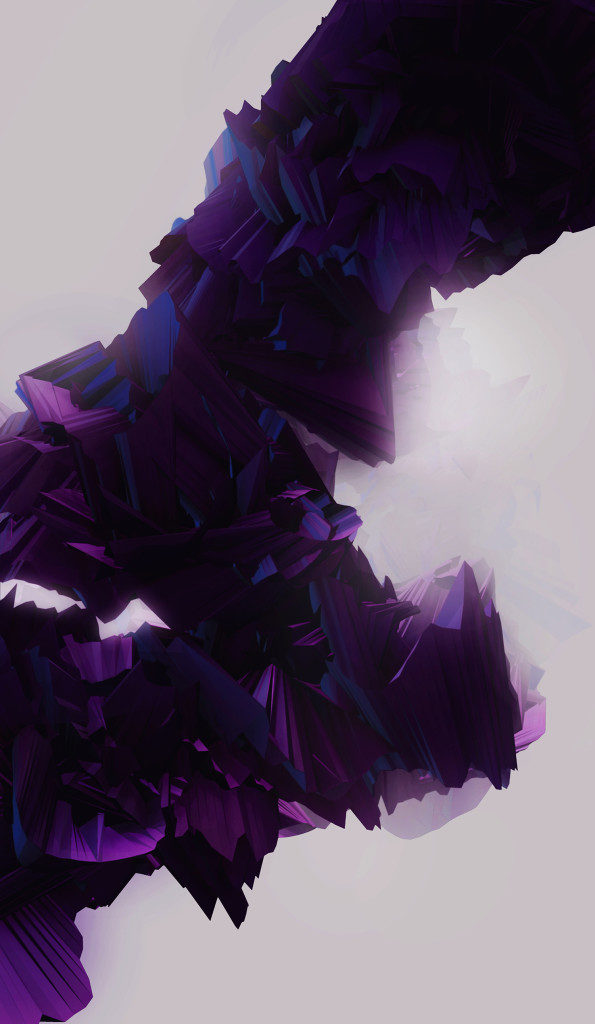
HAPPY: I see you’re a Stanley Kubrick fan. Can you elaborate more on his influence throughout your work?
KENNETH: Stanley Kubrick to me is an artist that used the medium of film with great precision. He tends not to explain, rather let the viewer engage in an open platform. He doesn’t ever take the easy route. His work is so nuanced and I still discover new things when I experience his films. He is the only director that has so successfully created across so many genres; sci-fi, horror, war, drama, comedy etc. His films are a real demonstration of creative genius in my opinion.

HAPPY: Is there anything in particular in 2016 that’s really propelling your art in a new direction?
KENNETH: For myself I want to remain in the broader frame and stay clear of doctrines or compartmental thinking. Anything that I feel may lead to prejudice and injustice. The human condition is, and always will be tribal, where we find more reasons to disagree than agree.
HAPPY: What are you working towards, artistically, at the moment?
KENNETH: My first task is to let people know I exist and what I’m about. Right now I’m focused on getting the right people around me and going on this journey. People like John Kaldor, the mind that brought Cristo to Australia, and the driving energy behind the Sydney Biennale and other public works.
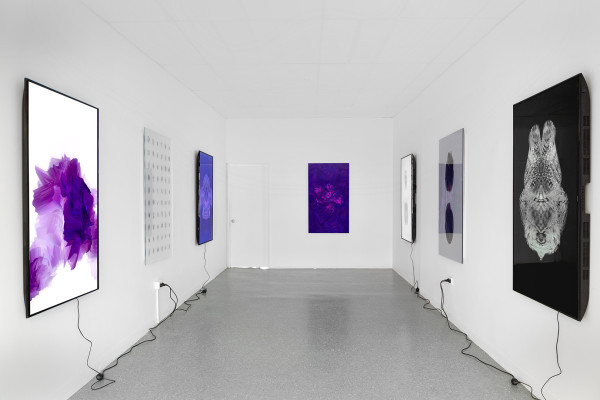
HAPPY: And finally, do you have any advice that you can offer young creatives?
KENNETH: Find your purpose, find the reason why and pursue it. Be open to others, learn and adjust but don’t let others define your path. Tweak and refine but don’t emulate, don’t be another copy of something that is seen as successful but most importantly have fun.
Kenneth’s exhibition is showing from now until the 20th of November in partnership with Stacks Projects in Sydney.
